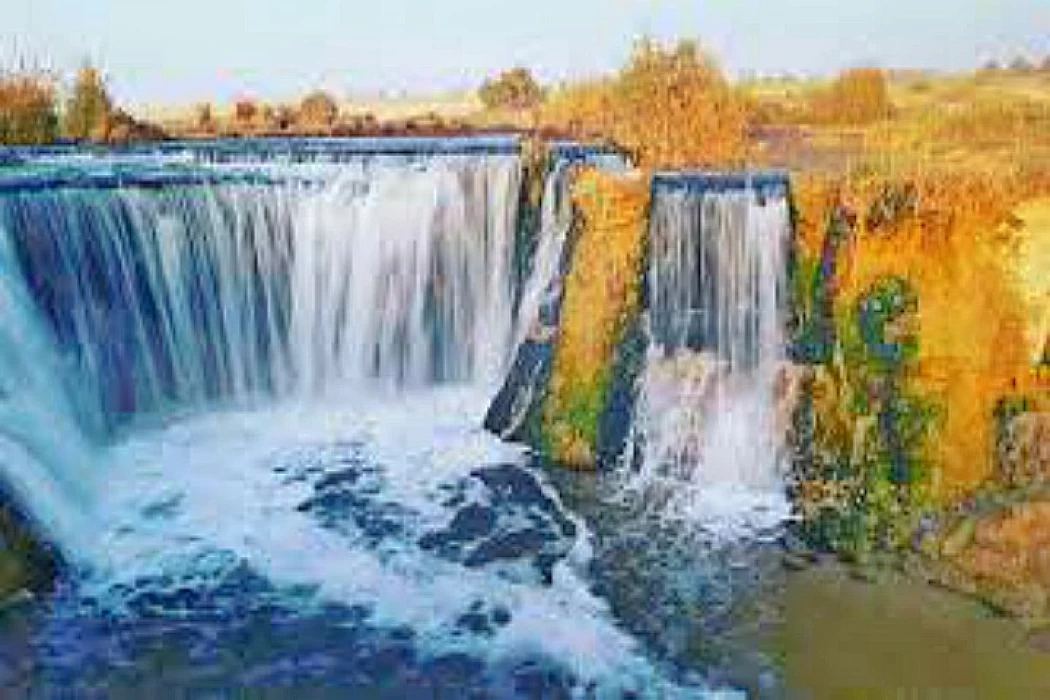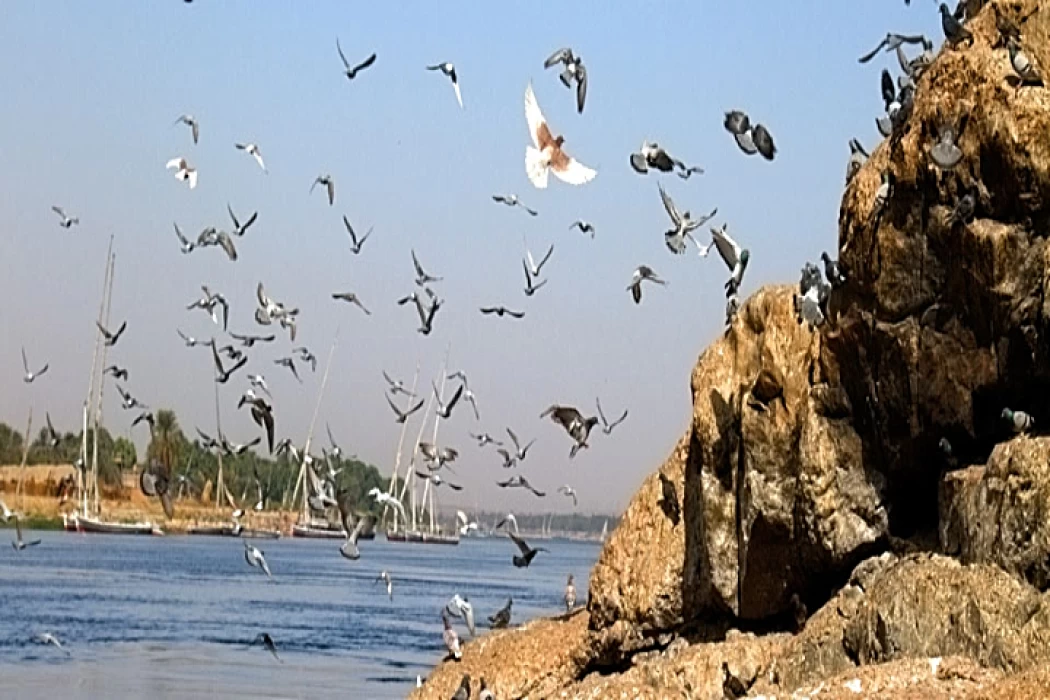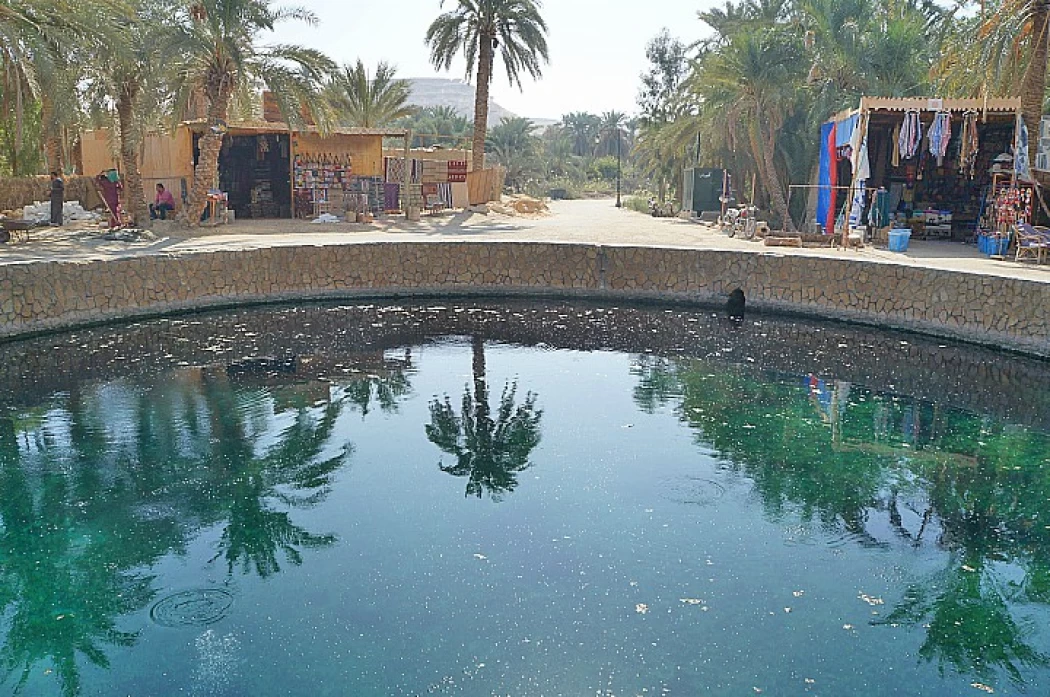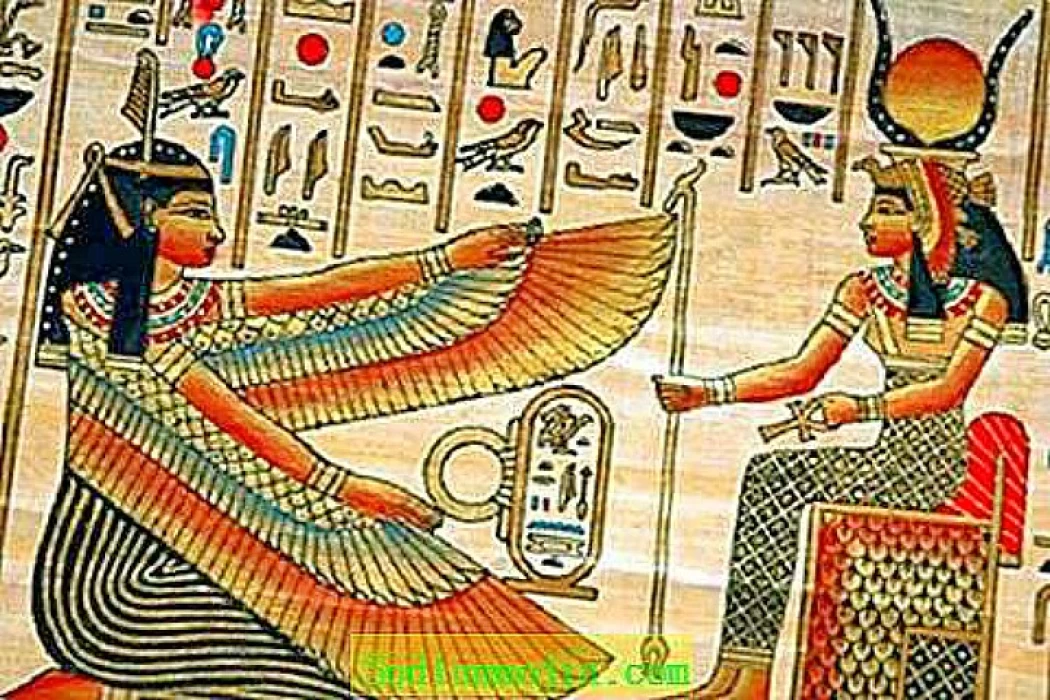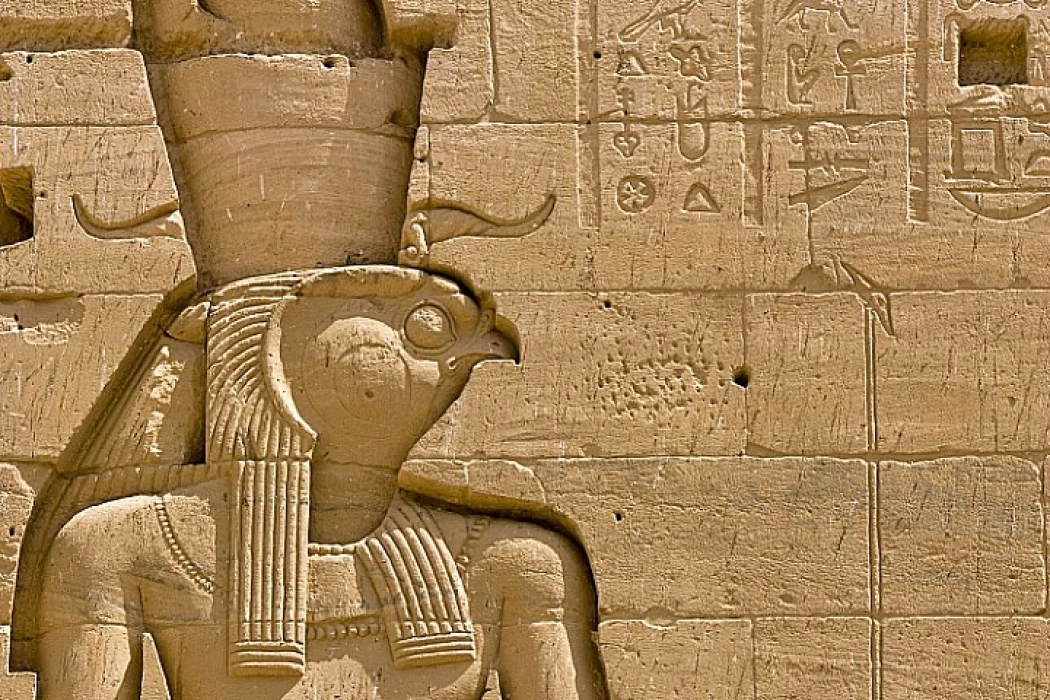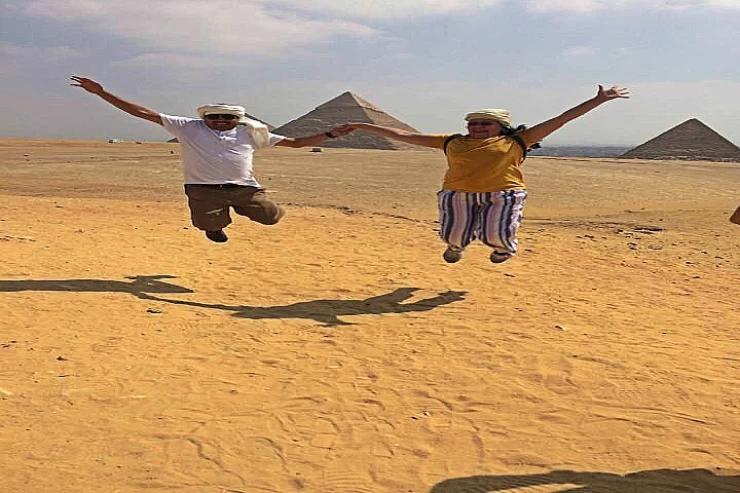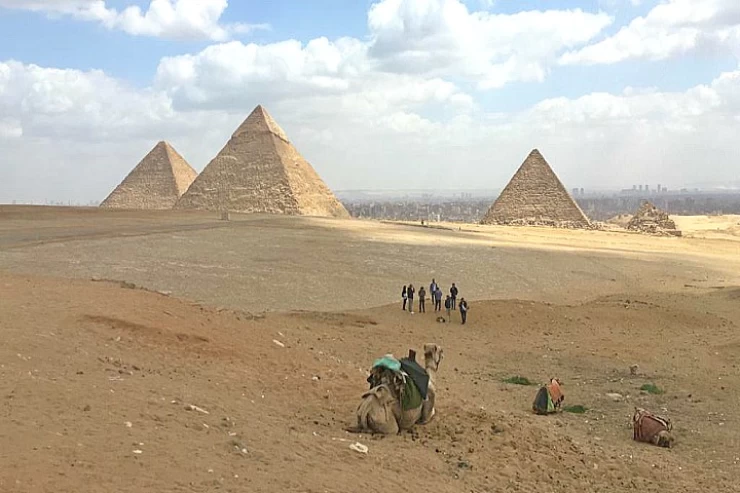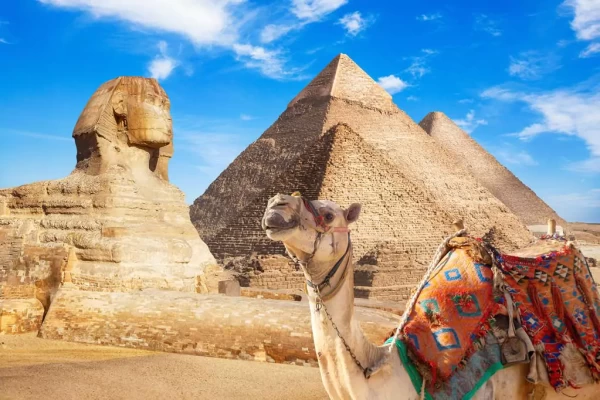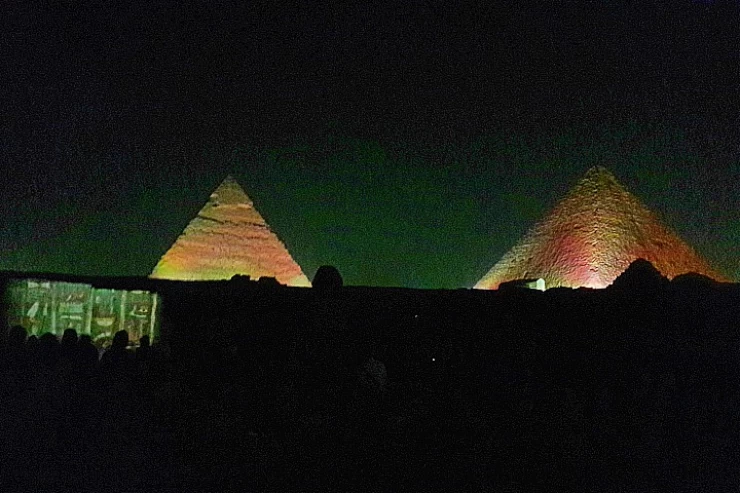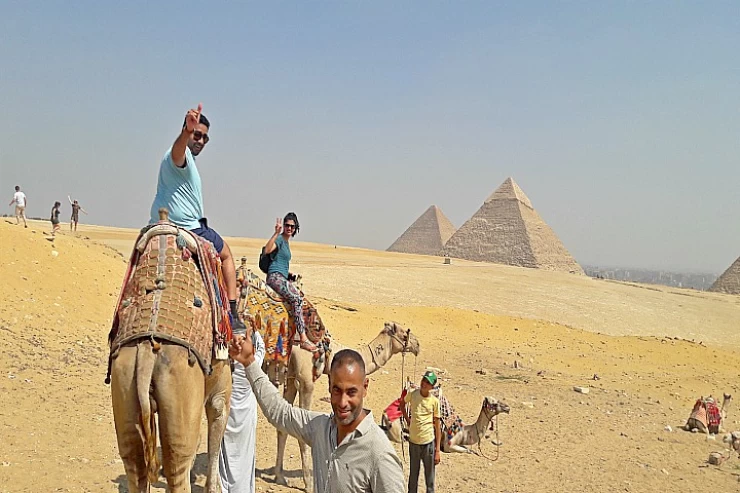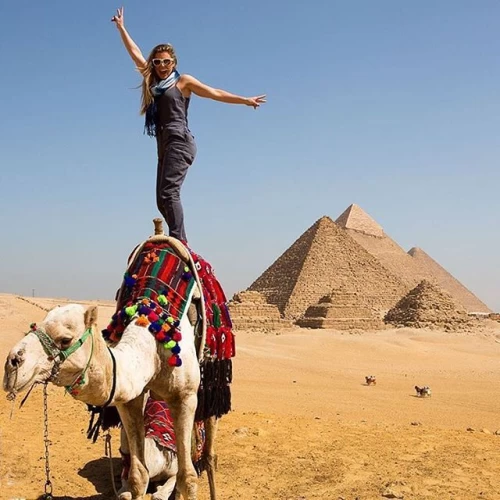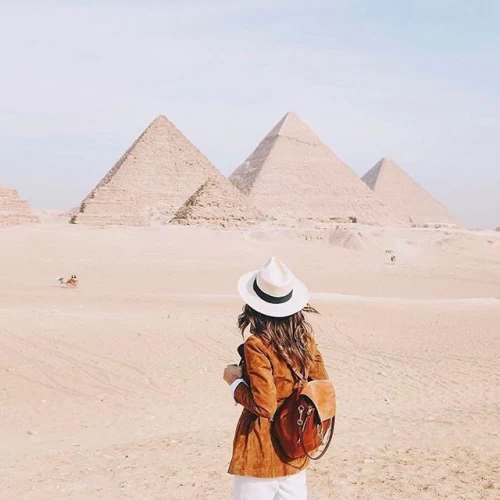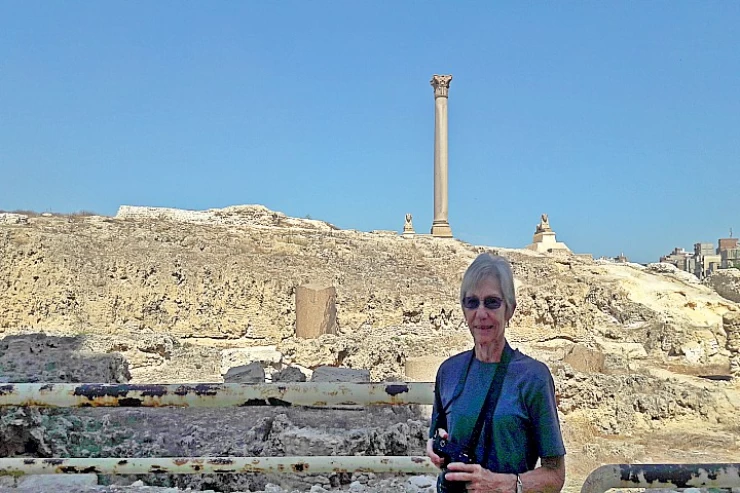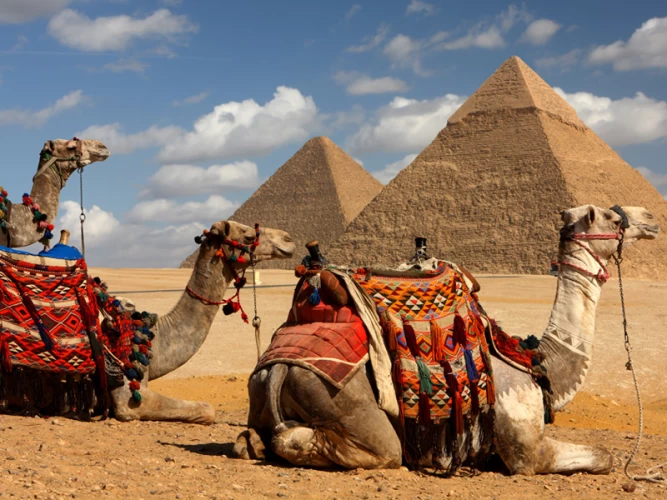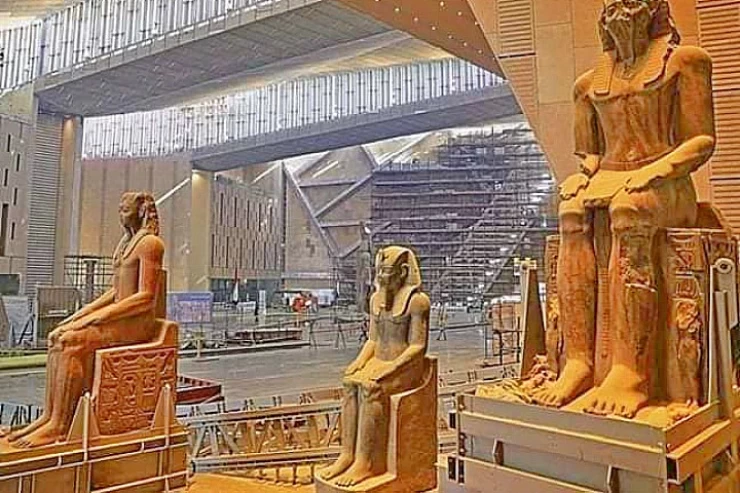
Chephren | History of King Khafre
King Chephren
King Khafre was among the earliest of the Fourth Dynasty pharaohs of Egypt of the Ancient Kingdom of Egypt and ruled during 2570-2544 BC. He was a son of Pharaoh Khufu, and his mother is described as having been Queen Meretites. There are many achievements attributed to his reign, including the construction of the Khufu Pyramid, the second largest of the Giza Pyramids.
The Fourth Dynasty of Egypt with which the king is associated is known as the fourth dynasty that reigned over Egypt from the year 2575 BC to 2465 BC, and there was the Fifth Egyptian Dynasty and the Sixth Egyptian Dynasty, both of which form what is known as the Old Kingdom period, and King Khafre is the fourth ruler of the Fourth Dynasty, and his name, as mentioned above, means "Transfiguration like Ra," and he was married to many wives, among them being Princess Meraas Ankh, and like other pharaohs of Egypt, he had many children.
In general, King Khafre is considered to be among the great pharaohs of Egypt, who, during his reign, established a sequence of religious and economic policies, and the Giza pyramid complex is considered to be among his best works which reflect ancient Egypt's funerary and religious beliefs, which has survived until today one of the best historical and archaeological monuments.
King Khafre's History and Achievements
The Valley Temple of Khafre is a temple built of granite stones next to the pyramid, where a bridge extends between it and the pyramid. Inside it, there are several statues of King Khafre and the god Horus, known as the falcon god," because he takes the shape of a falcon, knowing that these statues are built of diorite stones that they were brought from the Nubian desert, and next to the temple is the Sphinx. It is worth noting that the Valley Temple of the Pyramid of Khafre is the only one of the temples of the Old Kingdom that is still standing and complete to this day, and archaeologists have revealed that there are two roads in front of the entrance to the temple that connects to the marina of the ancient canal located directly in front of the building. Archaeologists have also found basins believed to belong to the purification tent in front of the Valley Temple, where they used to place the king's body to purify him with the waters of the canal.
The Great Sphinx
It is the oldest known monumental sculpture, about 73.5 meters long, including 15 meters the length of its front legs, 19.3 meters wide, and its highest height from the surface of the earth about 20 meters to the top of the head. The Sphinx was built facing the sunrise, where it was completely carved from limestone for a mysterious creature that contains common qualities between the lion and the human, by having the statue with the body of a lion sitting in front of the sun disk and carving its head in the form of a royal human, where the lion symbolizes strength and solidity, while the human head symbolizes wisdom.
Pyramid of Khafre
It is a similar pyramid to the Pyramid of Khufu, but it is smaller by a very small and almost unnoticeable difference, with a height of 142.7 m and a side length of 214 m. The angle of its slope is 53 degrees, and although it is smaller and less high than the Pyramid of Cheops, it appears (from a distance) higher than it, due to the fact that it was built at a higher height than it, noting that it can be accessed through its entrance located on the seaside at an altitude of 11 meters above ground level. From the entrance, you can reach a long vestibule at the end of which is a room with a sarcophagus built of granite, in which it is believed that Pharaoh Khafre was buried, and the upper part of the pyramid is covered by a layer of limestone, while the lower part of the pyramid is covered by a layer of granite.
Statue of King Khafre
This statue was made of diorite stones because of its known permanence, a reference to the eternity of King Khafre's. The shape of the statue depicts the athletic body of a person in the prime of life, regardless of his real age, and the description of the statue—taking a side section of it—states A royal headdress similar to that of the Sphinx, in addition to the presence of an artificial beard, which is a royal appearance for most pharaohs, even females; the same beard is found in the statue of Queen Hatshepsut, and King Khafre sits as depicted in the statue on the throne of Egypt, which is surrounded by powerful lions and other symbols of Egypt, such as papyrus, while the falcon god Horus sits on the throne behind the king's neck, depicting the extent of King Khafre's association with this god.
Latest Articles
Admin
Wadi El Rayan in Faiyum | Waterfalls in Wadi El Rayan
Wadi Al-Rayan Nature Reserve is one of the distinguished tourist areas in Fayoum Governorate, and one of the most important areas is the picturesque Wadi Al-Rayan Falls with its charming nature, which made it a destination for hundreds of thousands of tourists from different countries of the world who visit it during the year and enjoy practicing various tourist activities around the waterfalls, such as sand skiing, bird watching, and others.
Admin
Tourism in Aswan | Aswan Tourism in Egypt
Aswan Governorate has a huge wealth of diverse natural attractions, including the great Nile River, a large number of nature reserves, vast areas of deserts and mountains, and other areas of attractive nature. It is also characterized by an ancient, unique, rich and diverse civilization, as it possesses a civilizational and cultural heritage that bears witness to all the periods of history that have succeeded in it during thousands of years.
Admin
The Medical Tourism in Egypt | Therapeutic Tourism Egypt
If you are planning medical tourism in Egypt and you don't know what medical tourism places you can visit, let me tell you, dear reader, about places rich in natural resources that provide effective treatments to get rid of diseases and get the most energy and vitality.
Admin
The Nile River information
The Nile River is the longest river in the world and is located in the continent of Africa, and it divides the land of Egypt from south to north to branch into two branches that flow into the Mediterranean Sea, namely the Rosetta Branch and the Damietta Branch, its length is from its headwaters in Lake Tanganyika to its mouth in the Mediterranean Sea
Admin
Goddess Isis | The Egyptian Goddess Isis
In the first millennium BCE, Isis and Osiris became the most worshipped Egyptian deities, and Isis took on many of the traits of the other gods. The rulers of Egypt and its neighbors to the south in Nubia began building temples specifically dedicated to Isis, and her temple at Philae was one of the most important religious centres for Egyptians and Nubians alike.
Admin
God Amun Ra | Amon Ra The Master of the Ancient Egyptian gods
By merging with Ra, Amun manifested himself in creation, thereby combining in himself the two divine opposites: as Amun, he was invisible, mysterious, and detached from the world, and as Ra, he was visible and the giver of everyday life. Similarly, he was associated with Maat, the Egyptian concept of justice and balance in the universe.
